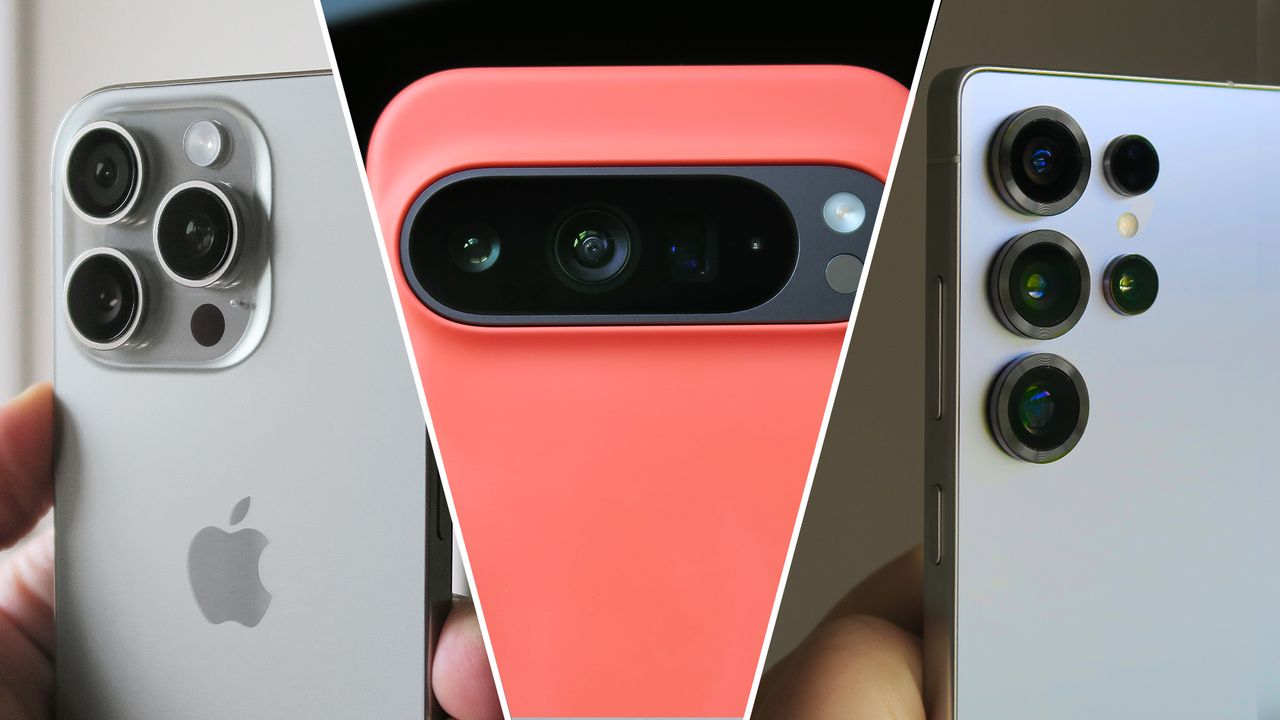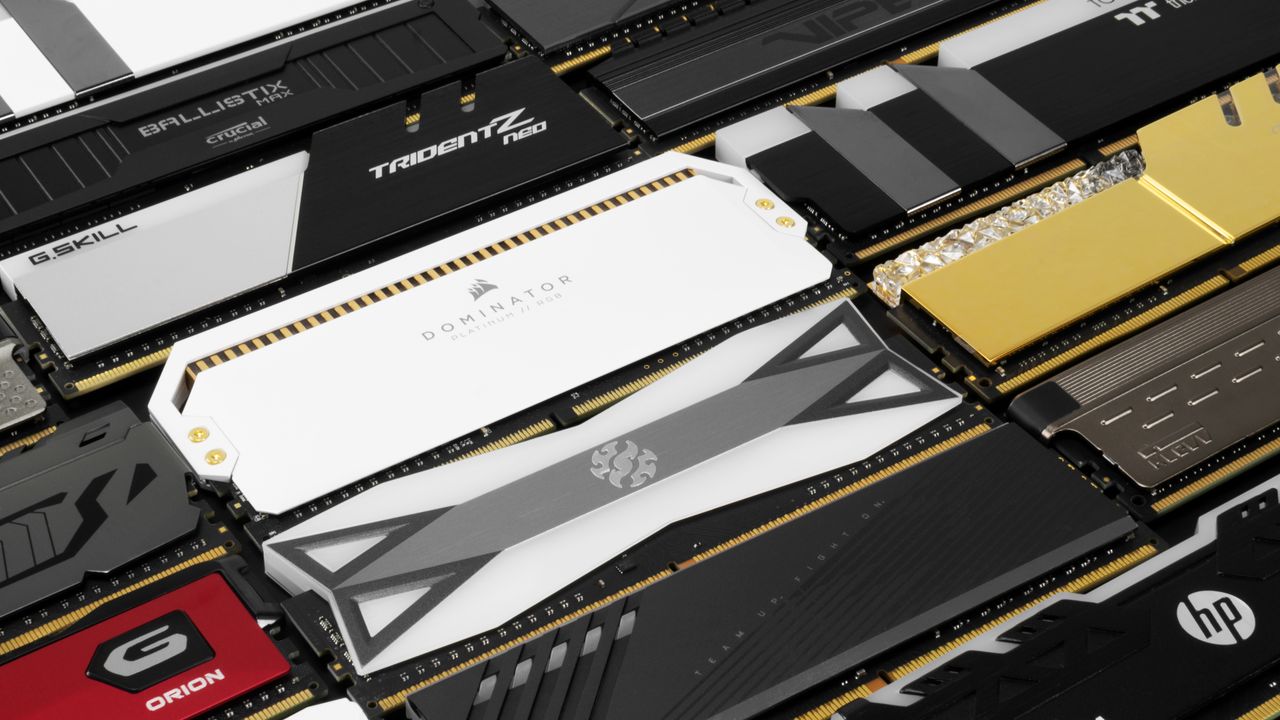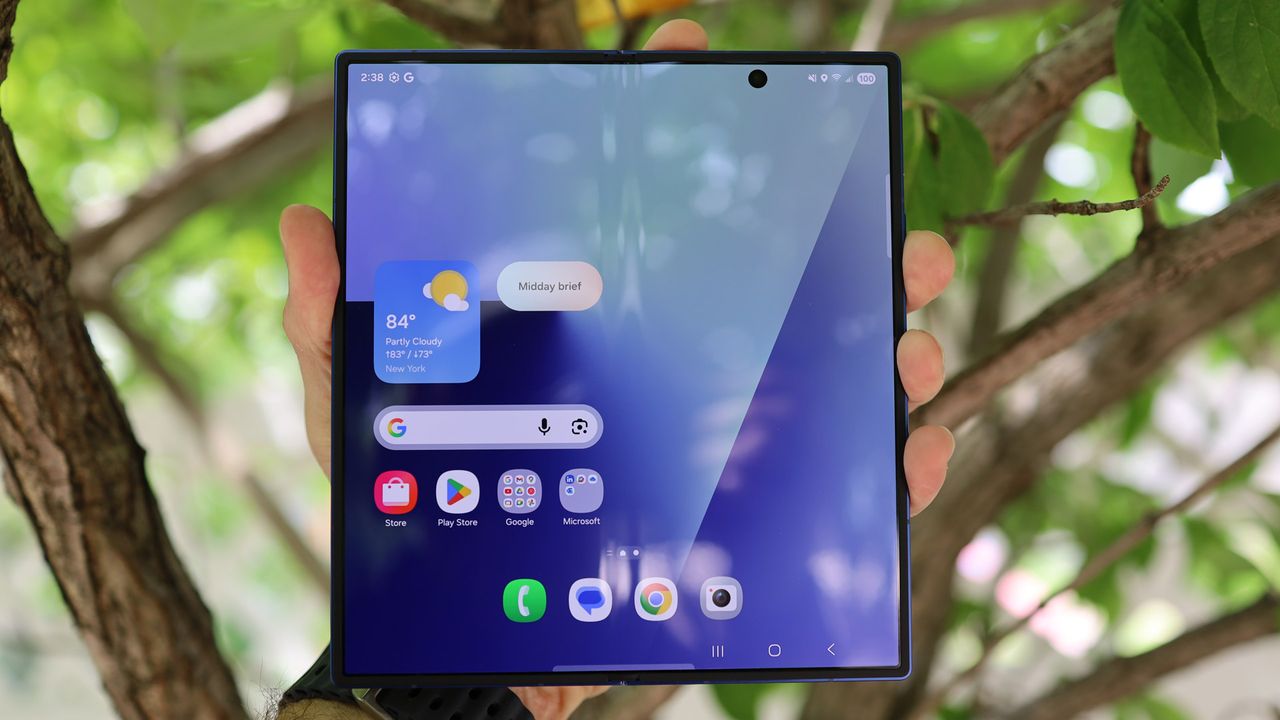Science Daily AI News
Scientists uncover the brain’s hidden learning blo...
Princeton researchers found that the brain excels at learning because it reuses modular “cognitive blocks” across many tasks. Monkeys switching between visual categorization challenges revealed that the prefrontal cortex assembles these blocks like Legos to create new behaviors. This...
Physicists reveal a new quantum state where electr...
Electrons can freeze into strange geometric crystals and then melt back into liquid-like motion under the right quantum conditions. Researchers identified how to tune these transitions and even discovered a bizarre “pinball” state where some electrons stay locked in...
A single beam of light runs AI with supercomputer ...
Aalto University researchers have developed a method to execute AI tensor operations using just one pass of light. By encoding data directly into light waves, they enable calculations to occur naturally and simultaneously. The approach works passively, without electronics,...
New prediction breakthrough delivers results shock...
Researchers have created a prediction method that comes startlingly close to real-world results. It works by aiming for strong alignment with actual values rather than simply reducing mistakes. Tests on medical and health data showed it often outperforms classic...













 English (US) ·
English (US) ·